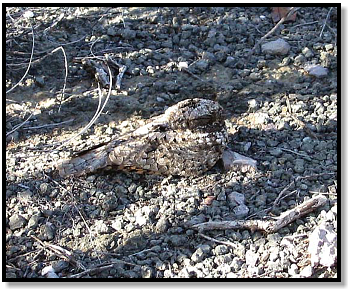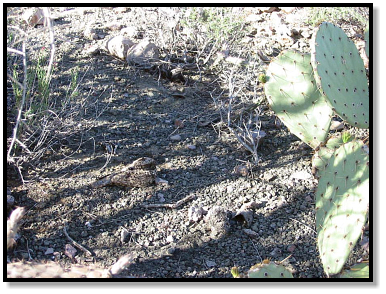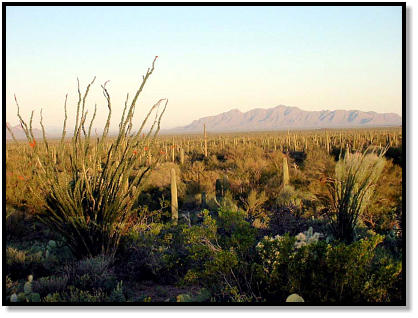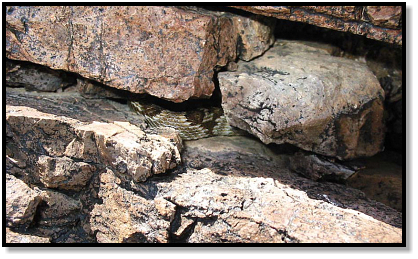

ARIZONA
April 2003

3 of 4


ARIZONA
April 2003


3 of 4
Headed out to the study site the following day to meet up with Marty and Emily, a couple of new friends by way
of the Reptiles of Arizona field forum. At that time, Emily was a doctoral candidate doing research on Western
Diamondback Rattlesnakes, specifically concentrating on size differences between males and females. Part of her
study was capturing specimens, implanting them with electronic identification and radio transmitters so their
movements could be tracked, then recapturing periodically to take measurements of their vital statistics (length,
weight, blood samples, etc.).
When a snake is found it is gently encouraged to enter a clear plastic tube, one wide enough for the snake to fit
in, but tight enough so that it can’t turn around to strike. As the head moves up the tube, Emily reaches down and
restrains the Rattlesnake so it can’t continue out the other end nor back out the way it came. She then draws blood
and takes measurements, after which the specimen is either released or brought back to the lab as needed. It may look
easy, but in reality, tubing a venomous snake is a dangerous procedure which only trained experts like Emily or Marty
should attempt.
For this season Emily already has enough females for her study but still needs several more males. Ron and I are
eager to help out, so off we go in search of eligible bachelors. And where’s the most likely place to find them in the
spring, when a young snake’s fancy lightly turns to thoughts of love? Why, flirting with members of the opposite sex,
of course. And so soon enough Ron stumbles upon this romantic couple, the suitor’s head gently resting on the object
of his affection.
The good news is that neither snake had been previously captured, so we’re able to add them both to Emily’s
study. All together three new males are found in the late afternoon, putting Emily within striking range (pun
intended) of her target.
Snakes aren’t the only critters out and about. Walking through a wash I come across a Desert Tortoise, and Ron
catches a Spiny Lizard dashing into a bush. He also finds our one and only Horned Lizard of the trip, an unusual find
at the study site, according to Emily.
In the morning I check on a Gila Monster that’s holed up in a large outcropping. It’s a radio-tagged specimen
that had been tracked to its hiding spot the day before, part of a research project being conducted by another scientist
at the study site. Using a mirror I’m able to shine the small opening and look back to where the lizard is still resting.
I decide to come back an hour later in hopes that the lizard will emerge as the day warms up. As I approach,
there’s a loud “Hisss!” at my feet; I’m so intent on looking for a basking Gila high on the rocks that I nearly step on him
as he’s cruising below. He backs up onto the boulder, gives me a gape as I close in with my camera, then settles down
for a friendly pose. I don’t think I’ve ever encountered a more handsome lizard.
This is actually my second visit to the study site, having been there earlier in the week before Ron arrived in
Arizona. In addition to Marty and Emily, it also gave me a chance to do some herping with “the boys”
―
Jeff, Tom,
and John
―
a group of friends from the forum who invited me to join them.
Caught a glimpse of a few other herps, as well as an incredibly cryptic bird which remained motionless as Emily
and I passed by. It was a type of Nightjar (also known by the great name of “Goatsucker”), a nocturnal family of birds
including Nighthawks and Whip-Poor-Wills, which sleep by day on open ground while relying on camouflage for
protection.
The herps were found by Marty and Emily. The first was a Lyre Snake crammed into a crevice. Most likely it
had overwintered deep down in the rocks where it was protected from the cold. As temperatures rise with the coming
of spring, these rear-fanged snakes will come to the surface and sun themselves in exposed cracks, waiting for the
weather to warm up enough to begin foraging for food. According to Marty, this particular snake had been sitting still
in the same spot for several weeks when he showed it to me, but a few days later it was gone, leaving only a fresh shed
skin behind in its place.
The other find was a Gopher Snake, a herp I really wanted to come across. It’s one of my favorites, but despite
being among the most common snakes in Arizona, it eluded me on this trip. I had been hiking a while with Marty and
Emily when we decided to split up; shortly afterwards Emily finds this attractive snake and Marty bags it to show me.
As much as I appreciated seeing it, my real hope was to find one on my own. Still, I was very pleased to photograph
my first Sonoran Gopher Snake.
All text copyright © Eitan Grunwald. All photographs copyright © Eitan or Ron Grunwald
except photographs by others are copyright per photo credits. All rights reserved. Terms
Sonoran Gopher Snake
Pituophis catenifer affinis
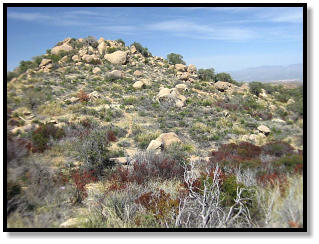
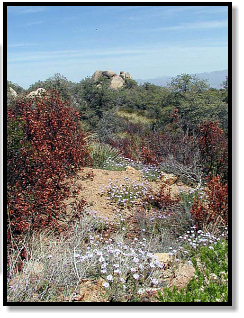
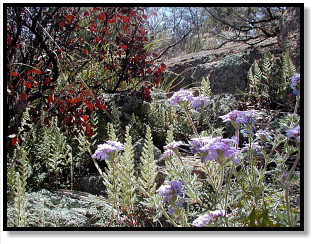
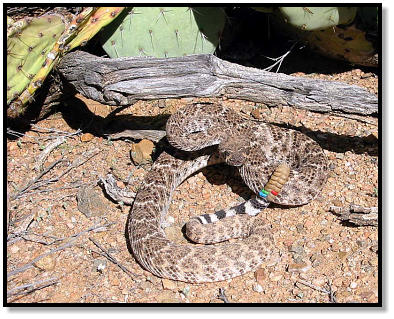
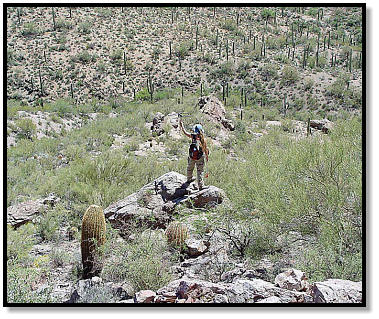

© Martin J. Feldner
Emily aims her antenna to track
telemetered Rattelsnakes in the field
Western Diamondback Rattlesnake
Crotalus atrox
Desert Spiny Lizard
Sceloporus magister
Sonoran Lyre Snake
Trimorphodon biscatatus lambda
Segments of the rattle are color-coded to
identify snakes that were previously captured
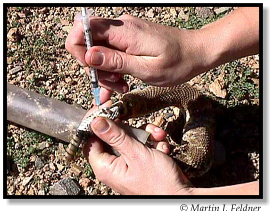
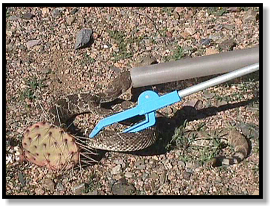
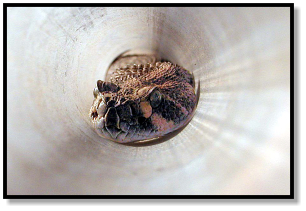

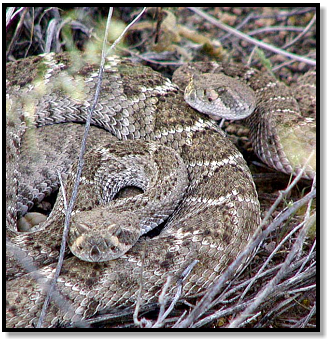
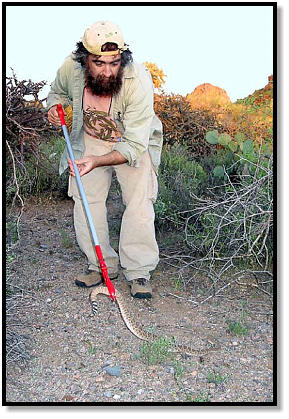
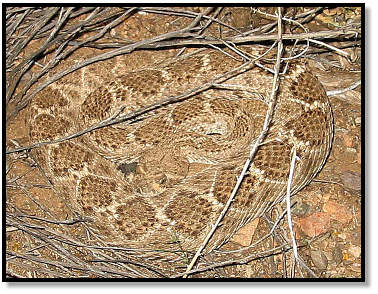
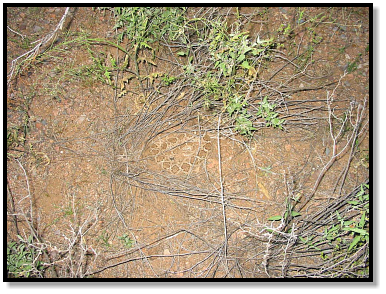
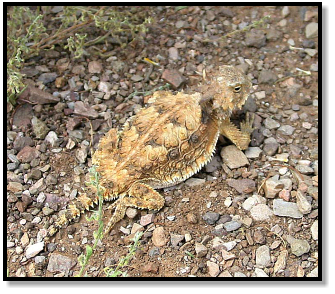
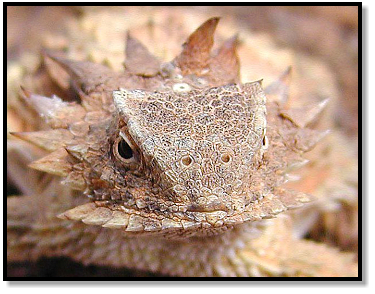
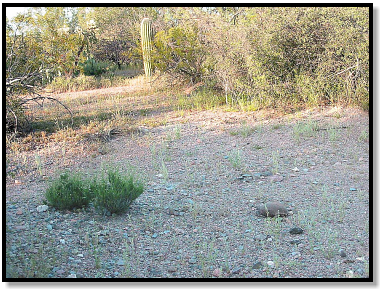
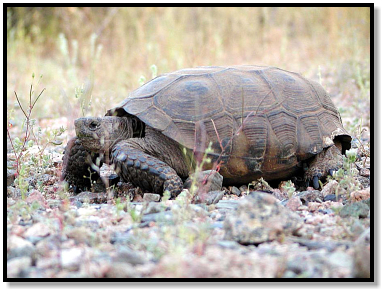
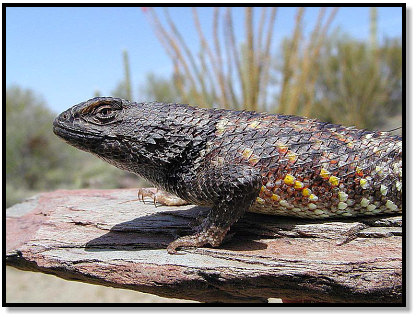
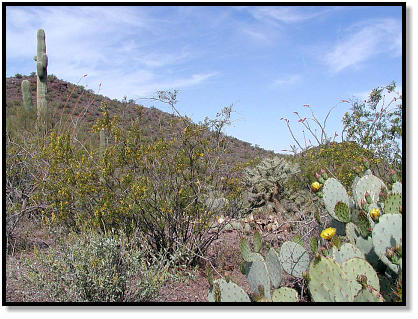
Regal Horned Lizard
Phrynosoma solare
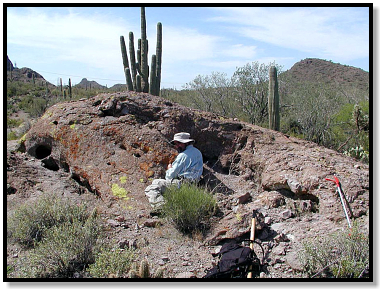
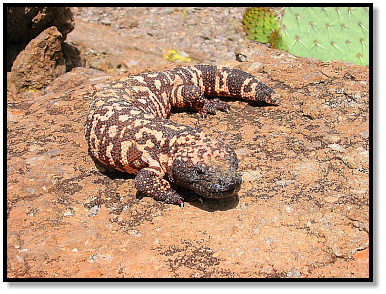
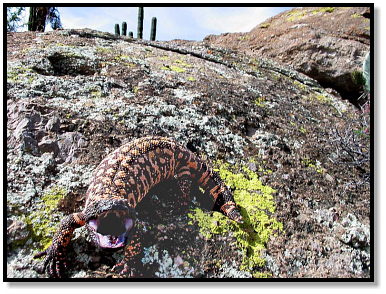
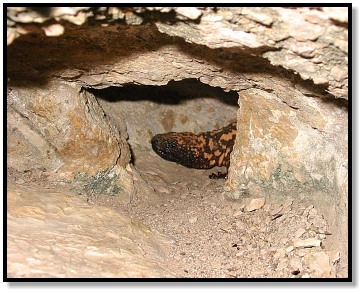
Reticulated Gila Monster
Heloderma suspectum suspectum
